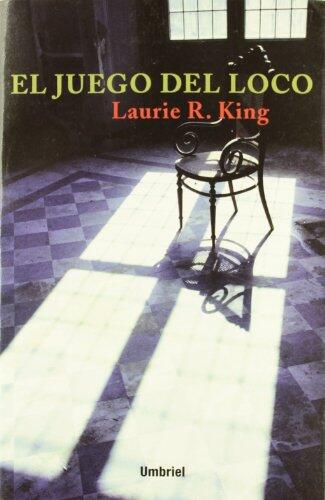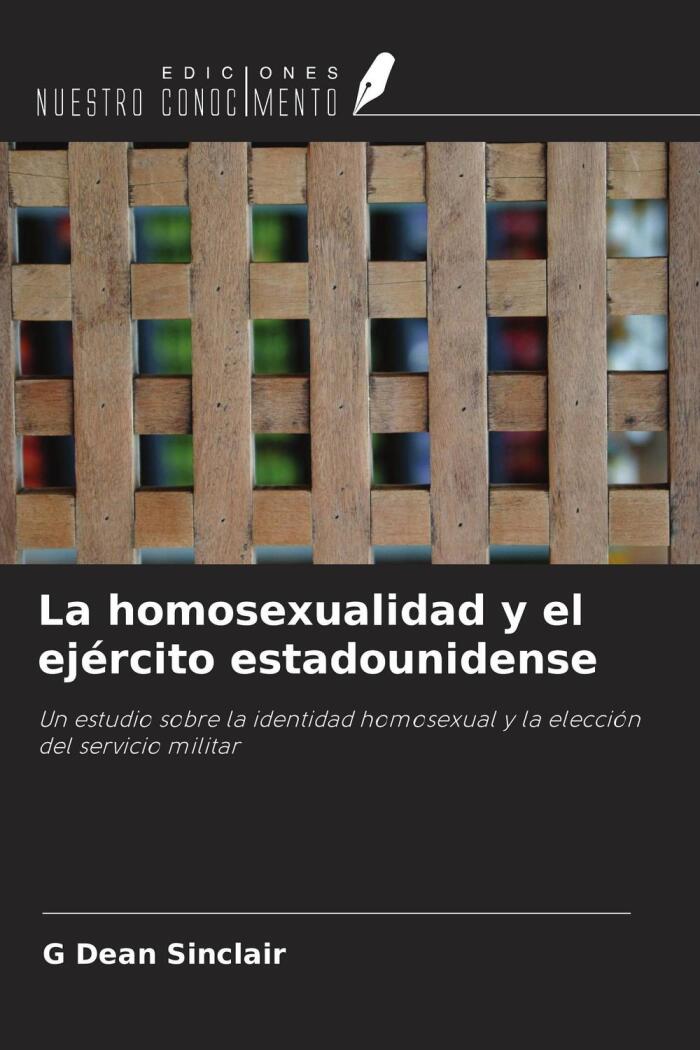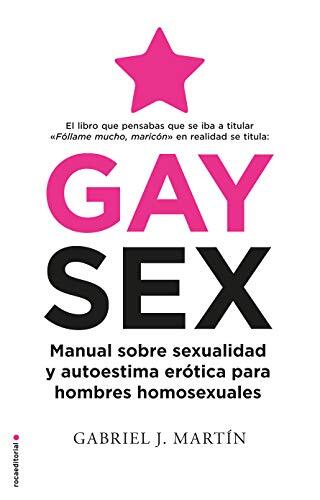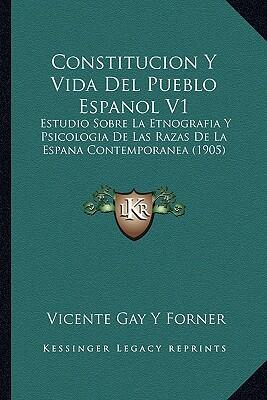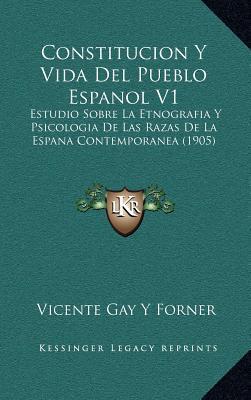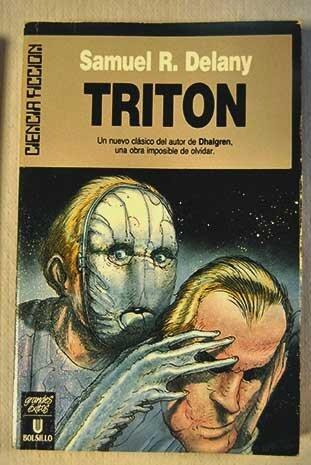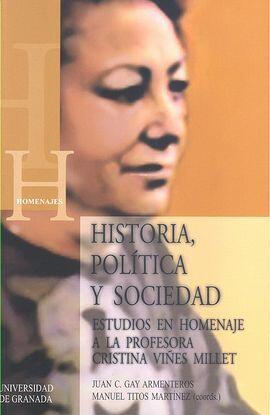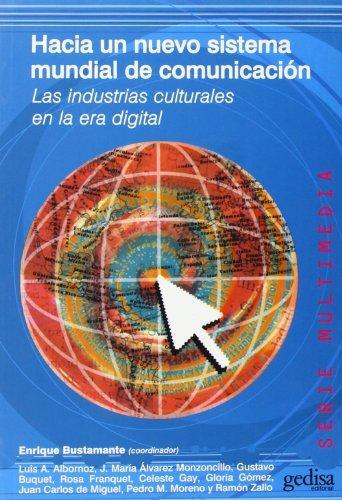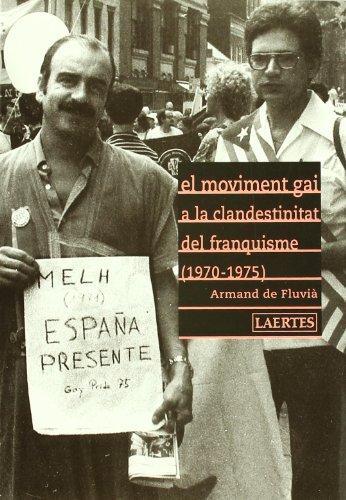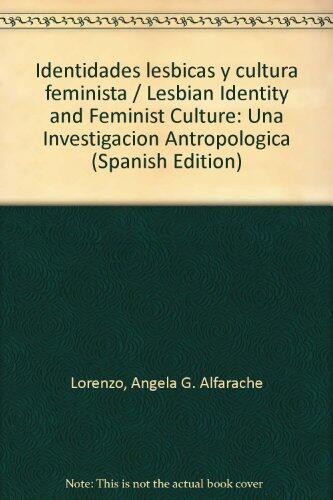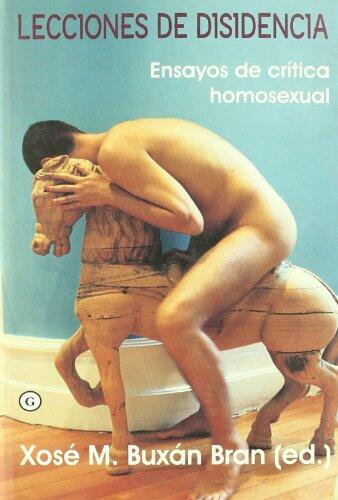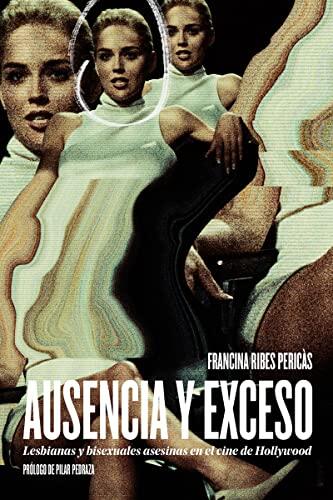
Ausencia y exceso: Lesbianas y bisexuales asesinas en el cine de Hollywood
还没有评分
LGBTQ+
格式
平装书
页数
312
语言
西班牙语
已发布
Oct 24, 2022
出版商
Editorial Dos Bigotes
版本
1
ISBN-10
8412512367
ISBN-13
9788412512366
描述
Francina Ribes Pericàs delves into the often-overlooked portrayals of lesbian and bisexual characters in Hollywood cinema, presenting a compelling analysis of their representation as killers and criminals. This exploration is not merely a narrative of on-screen violence, but a probe into the cultural implications and stereotypes that surround queer identities. Through the lens of gender studies and film analysis, the author scrutinizes how these depictions reflect societal anxieties and affirmations regarding sexuality.
Throughout her examination, Ribes Pericàs draws on a range of cinematic examples, from classic films to contemporary features, mapping the evolution of these complex characters. By uncovering the intricate layers beneath each portrayal, she articulates how these characters oscillate between agency and victimhood. The work invites readers to question the intersection of sexuality, morality, and violence as portrayed in mainstream media.
The book also poses broader questions about the representation of marginalized identities in film. It challenges audiences to reflect on the ramifications of these portrayals, considering how they shape public perception and influence real-world attitudes towards the LGBTQ+ community. With sharp insights and rich analysis, Ribes Pericàs crafts a narrative that is as enlightening as it is provocative.
Ultimately, this critical examination serves as both a celebration of queer storytelling and a critique of the tropes that often undermine it. It encourages a deeper understanding of not just the characters themselves, but the complexities of identity, power, and the narratives that society constructs around those who exist outside heteronormativity.
Throughout her examination, Ribes Pericàs draws on a range of cinematic examples, from classic films to contemporary features, mapping the evolution of these complex characters. By uncovering the intricate layers beneath each portrayal, she articulates how these characters oscillate between agency and victimhood. The work invites readers to question the intersection of sexuality, morality, and violence as portrayed in mainstream media.
The book also poses broader questions about the representation of marginalized identities in film. It challenges audiences to reflect on the ramifications of these portrayals, considering how they shape public perception and influence real-world attitudes towards the LGBTQ+ community. With sharp insights and rich analysis, Ribes Pericàs crafts a narrative that is as enlightening as it is provocative.
Ultimately, this critical examination serves as both a celebration of queer storytelling and a critique of the tropes that often undermine it. It encourages a deeper understanding of not just the characters themselves, but the complexities of identity, power, and the narratives that society constructs around those who exist outside heteronormativity.
